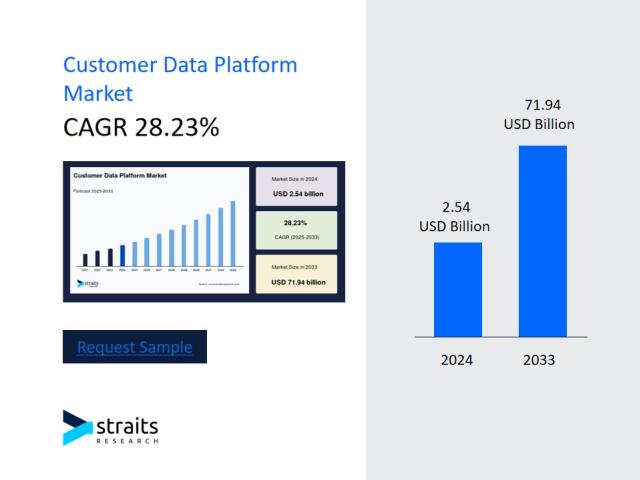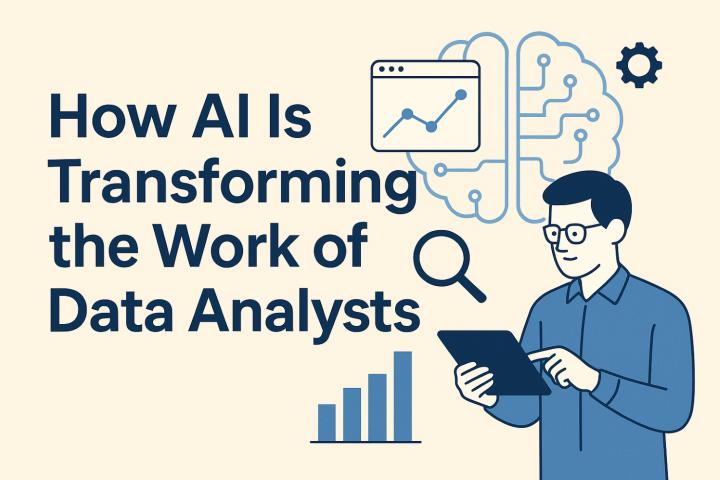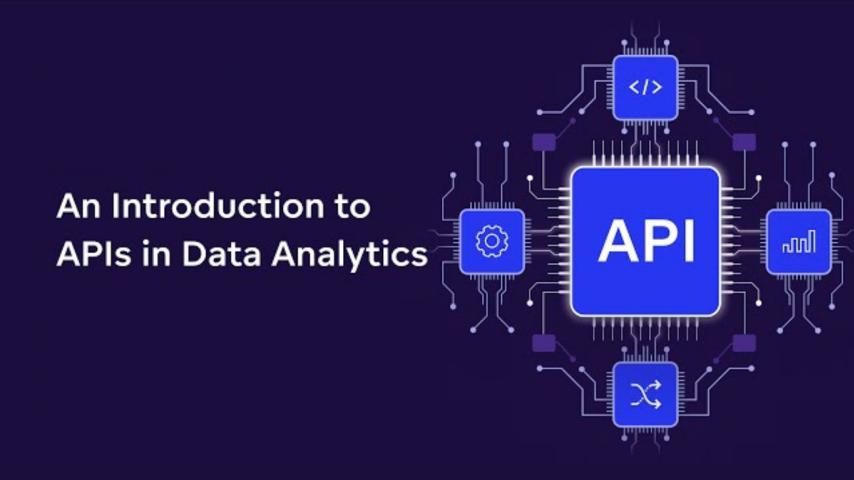Data Management plays a
significant role at the corporate level, especially with more sophisticated
structures. It is critical to recognize that data management systems are
crucial in maintaining the efficient operation of businesses and organizations
that primarily deal with data.
An effective way to collect, filter, and systematically
distribute data sets to meet anticipated organization goals and decision-making
processes. Effective data management is crucial for the IT sector. It supports
business applications by delivering analytical data. The entire process
comprises many components that work together to enable data accessibility. This
blog will cover the critical concepts of data management and its significance,
with the associated risks and difficulties of the data handling process.
What Is Data Management?
Data management is the process of managing, organising,
controlling, and governing data across its entire lifespan to guarantee its
correctness, completeness, consistency, and security. It includes data
collection, data quality evaluation, data integration data preparation, data
transformation, data storage, data retrieval, and data archiving.
Data management seeks to increase data accessibility, make
data exchange easier, and guarantee that data is reliable and trustworthy for
decision-making. It entails the application of rules, methods, and technology
to manage data assets and assure data integrity.
In this context, data management includes data governance,
which is the structure and set of activities that guarantee data is handled
following established rules and norms. It provides accountability, specifies
roles and duties, and assures adherence to rules and data protection
legislation.
Why is data management important?
Data is considered a useful resource for modern companies.
Organizations invest heavily in data storage and management infrastructure due
to the vast volumes and variety of data types they handle. They employ data
management solutions to improve the efficiency of their business intelligence
and analytics activities. We will discuss some of the benefits of data
management below.
Increase revenue and profit
Data analysis provides more detailed insights into all
facets of a company. You may use these insights to improve industry operations
and lower costs. Data analysis can also forecast the future impact of choices,
which helps in decision-making and company planning. As a result, improving
data management techniques leads to significant revenue and profit growth for
organizations.
Reduce data inconsistency
A data silo is a collection of raw data within an
organization to which only one department or group has access. Data silos
introduce discrepancies, reducing the dependability of data analysis outcomes.
Data management systems consolidate data and provide a single data perspective,
allowing departments to collaborate more effectively.
Meet regulatory compliance
Laws like the General Data Protection Regulation (GDPR) and
the California Consumer Privacy Act (CCPA) give consumers control over their
data. Individuals can seek legal recourse if they perceive that organizations:
·
Capture data without consent
·
Exercise poor control over data location and use
·
Store data despite erasure requests
Hence, organizations require a data management system that
is fair, transparent, and confidential while still maintaining accuracy.
Types of Data Management
Every company is unique, so there are several methods for
managing data. Companies are free to create their mix of data management
practices, but these techniques are the most common:
1. Data pipelines
A data pipeline is a way that allows firms to transfer
information automatically between two or more separate systems. For instance,
you may link your sales enablement software to your website analytics to expand
your lead profiles. During the exchange process, the data pipeline may update
or enhance your data, but it can also leave the raw data unchanged.
2. ETLs (extract, transform, load)
An ETL is a type of data pipeline. It extracts data from a
database, transforms it with formatting, and loads it into a new location for
storage. The advantage of using an ETL is that it can take data from multiple
sources and store it in a single solution.
3. Data architecture
All data strategies begin with architecture. Data
architecture defines the flow of information throughout your systems. This is a
systematic procedure for managing the data flow across a solid data structure.
It addresses everything from storage to consumption to compliance.
4. Data modeling
Data models are visual representations of how data flows
through a system. They can help your team understand the flow of data within a
system or between different systems. It’s common for companies to create
multiple data models for their various systems.
5. Data catalogs
Data catalogs store and organize data using back-end
information known as metadata. A data catalog makes vital information
searchable, allowing you to discover it quickly. For example, organizations
might store inventory information in a data catalog and label entries with
labels that make it easier to find product information.
6. Data governance
Data governance is the set of rules that you use to
standardize data. This improves data quality and compliance. Businesses often
employ a team in charge of data governance to hold the company responsible and
make policy updates as needed.
7. Data security
Data security is to secure your information against
breaches, theft, and unwanted access. This is often an IT role that develops
policies for software, access, backups, and storage.
Data integrations: If you have data from multiple sources,
integration will bring these disparate pieces of information together in one
place.
Data migration: If you’re upgrading your database solution,
you’ll need to move data to a new home. The data migration process helps you
move existing information into a new solution with as few errors or formatting
issues as possible.
Data Preparation: Data is prepared for usage. It is
initially cleaned (data cleansed), which entails detecting and correcting
inaccurate, incomplete, duplicate, unnecessary, or otherwise erroneous data in
a dataset. Processors are then used to standardize formatting (for example, all
dates must be in the same format) and anonymize any personally identifying
information.
Data Quality: Data quality technologies help to
ensure the correctness, completeness, and consistency of data. They help
businesses find and correct data quality issues including duplicate entries,
missing values, and discrepancies.
Metadata Management: Metadata management involves
managing information about the data, including data definitions, relationships,
and lineage, to ensure that data is properly understood and used.
QKS Group's New Offerings: Leading the Way in Data
Management
QKS Group, with its rebranding and revitalized focus, is
rolling out new Data Management offerings that cater to the various needs of
its vendors. These offerings develop on four core pillars: Thought leadership,
Growth Intelligence & Strategy, Competitive Intelligence & Strategy,
and User Intelligence. QKS Group provides these offerings to help organizations
better understand their market position, growth potential, and customer needs,
thereby driving strategic decision-making and market success.
Thought Leadership: QKS Group’s strategic insights
empower companies to use the full potential of Data management for enhanced
efficiency and innovation. With QKS TrendsNXT, you gain detailed reports on
data management trends and market dynamics, ensuring your operations stay agile
and competitive. QKS EMC Foresight enables you to anticipate changes in DM by
analyzing Evolution, Maturity, and Convergence, ensuring your automation
strategies remain forward-thinking. The QKS TEM Impact report offers in-depth
insights into the technology, economic, and market trends shaping your
industry, enabling you to make smarter, data-driven decisions and keep pace in
a rapidly growing business environment.
Growth Intelligence & Strategy: We offer expert
insights into data management, tracking multiple software vendors across 14
industries and 10 regions. Our granular data helps companies in the data
management comprehend their total market potential, identify the most
accessible segments, and make informed decisions for growth. With QKS TAMSAM
Insights, we provide a clear view of the Total Addressable Market (TAM) and
Serviceable Addressable Market (SAM), enabling you to prioritize automation
innovations, refine process strategies, and design highly targeted campaigns
that align with data management trends.
Competitive Intelligence & Strategy: Gain a
competitive edge in Data Management with our in-depth analysis of the ICT
markets and benchmarking of multiple software vendors. Our MarketIQ and SPARK
Matrix reports provide a clear visual into your performance, offering valuable
insights into market share, growth strategies, and competitive positioning.
These tools help you refine your data management processes, streamline
operations, and optimize corporate strategies while recognizing key
differentiators to stay ahead in the rapidly growing data management market.
User Intelligence: In a customer-centric world, the
meaning of user intelligence is essential to success. QKS Group’s user
intelligence insights help organizations grab and analyze customer feedback,
preferences, and expectations. This data is invaluable for shaping product
development, marketing strategies, and overall business operations. By aligning
their offerings with the needs and expectations of their customers, companies
can enhance satisfaction, improve customer loyalty, and drive growth. QKS
Group’s user intelligence provides a competitive edge by helping companies stay
aligned with market needs and rapidly adapt to varying customer behaviors.
Conclusion
Data management
is the backbone of information and communication technology and is critical to
the growth and success of enterprises in the digital era. Supermicro's
sophisticated Data Management Solutions are designed to meet a wide range of
data management needs while assuring the highest levels of data integrity,
security, and usage. Organizations that engage in effective data management
methods and technology may unleash the actual potential of their data,
stimulating innovation and preserving a competitive advantage in today's
data-centric environment.

















